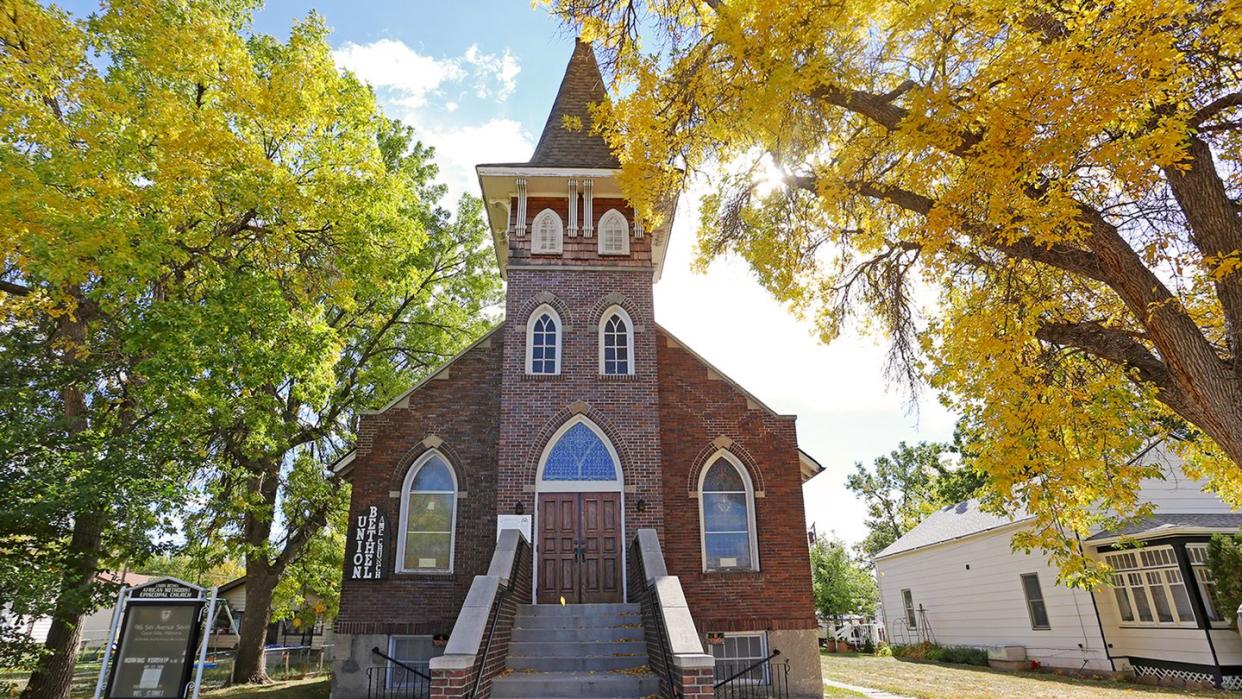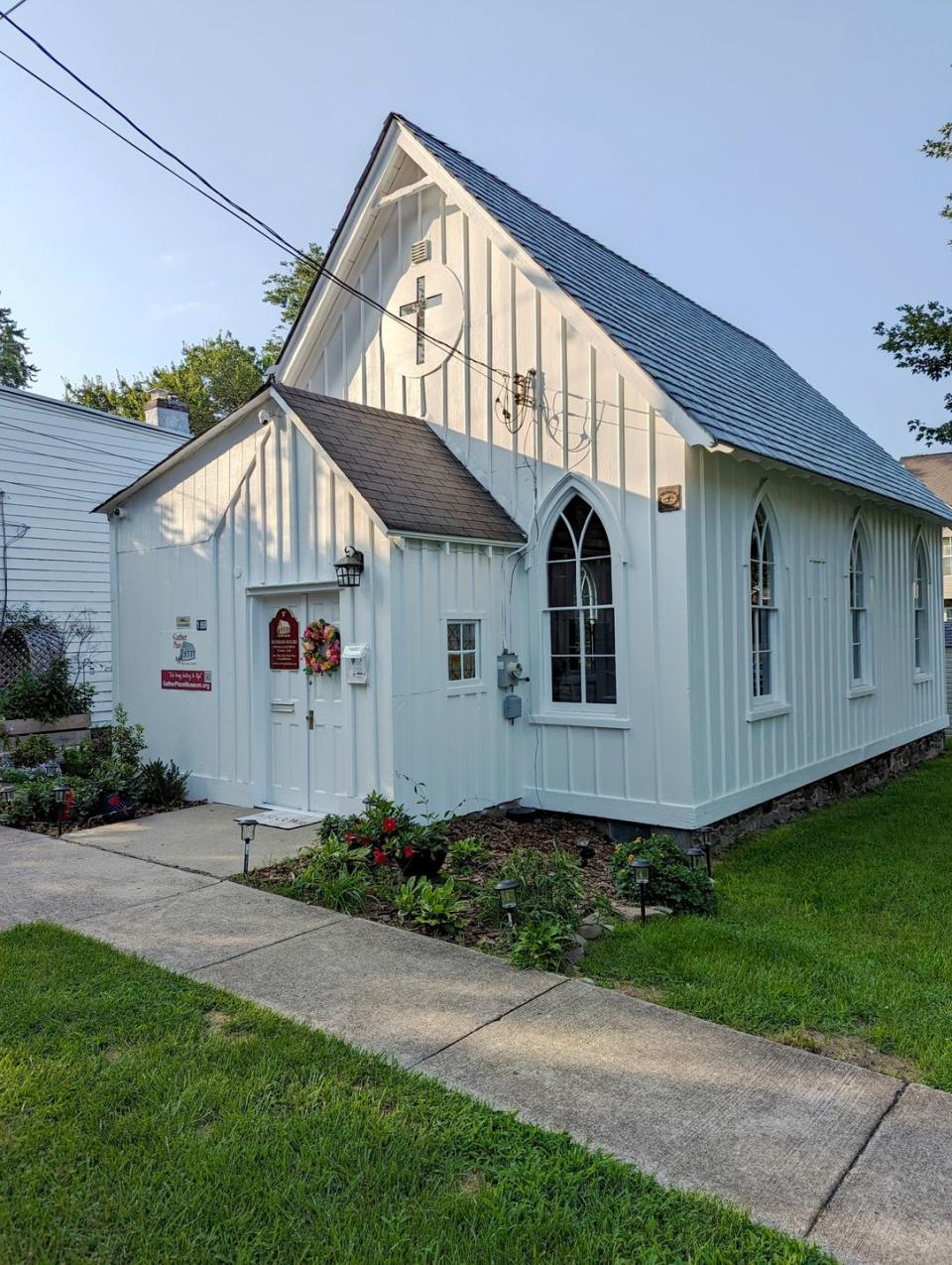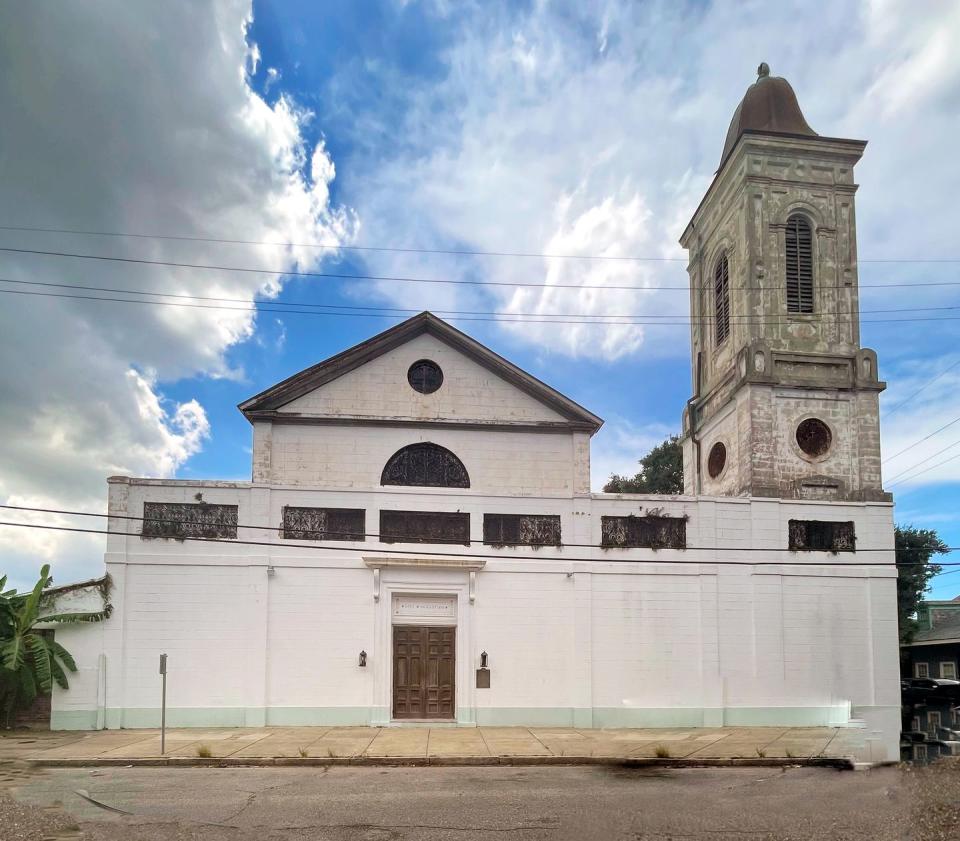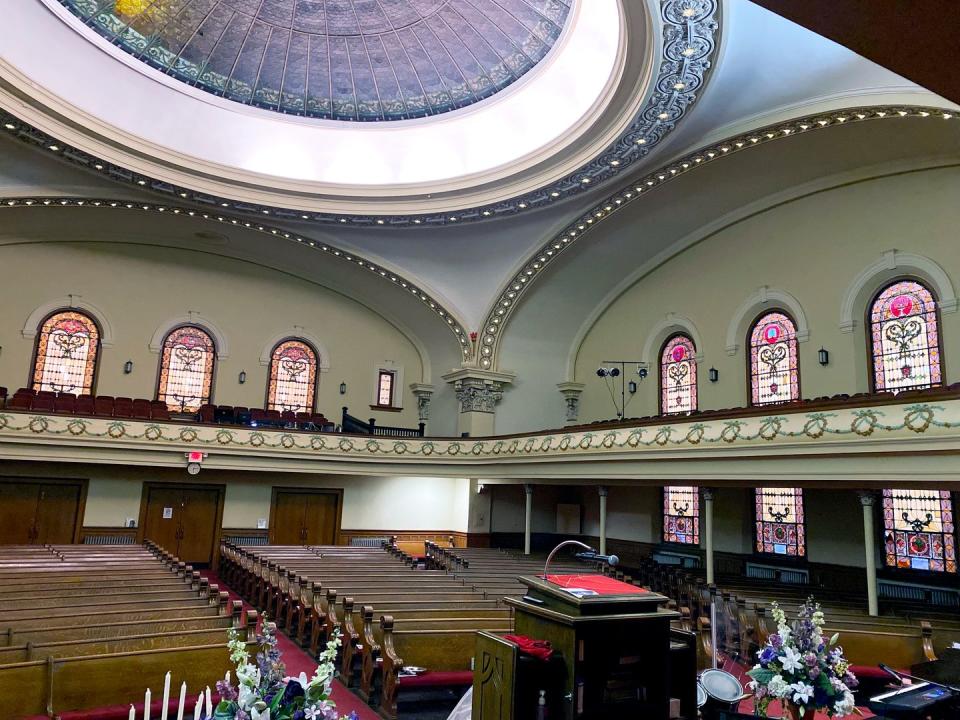The National Trust Has Awarded $4 Million to Preserve 31 Historic Black Churches

- Oops!Something went wrong.Please try again later.
- Oops!Something went wrong.Please try again later.
The National Trust for Historic Preservation is marking this year's annual celebration of the life and work of Dr. Martin Luther King, Jr. by awarding 31 historic Black churches $4 million in preservation grants.
“More than any time in recent history, our citizens seek safe spaces for belonging and community. That’s why it’s important to preserve historic Black churches and ensure they are available to all Americans as a refuge, and as central gathering places of belonging and cultural expression,” says Brent Leggs, Senior Vice President of the National Trust and Executive Director of its African American Cultural Heritage Action Fund.

The grants are awarded from Preserving Black Churches, a $20 million program launched by the Action Fund in 2022 with leadership support from the Lilly Endowment. To date, the Action Fund has directed approximately $9.8 million to more than 80 historic Black churches across the country.
In describing the historical significance of this year's grantees, Leggs underscored how vital a role the Black church has played in American culture, influencing not just our spiritual lives but our social and political lives as well.
"These are some of the oldest institutions created and controlled by African Americans. They stand as living testament to African American achievements and their stories matter," says Leggs. "Many of the churches that we are supporting today served as gathering places for social change, civic change, racial justice, and social empowerment. The lessons and wisdom embodied in them can be inspiration for contemporary social issues."
Three of the 31 churches receiving grants this year served as stops or stations on the Underground Railroad, including Town Clock Church in New Albany, Indiana. Built in 1852 as Second Presbyterian Church, the structure's basement and its adjoining tunnel were used to hide enslaved people who had escaped, according to oral histories. Funding will support endowment growth to ensure its 2014 restoration is sustained.
Mount Laurel, New Jersey’s Jacob’s Chapel African Methodist Episcopal Church, one of the last remaining buildings from the African American enclave of Colemantown established in 1828, was a known stop on the Underground Railroad. Grant funding will restore its roof, HVAC, and windows. Additionally, enslaved people who had escaped are also understood to have sought refuge at St. Paul AME Church in Lexington, Kentucky. Funding will support the church’s building restoration project and efforts to interpret its history.

The list of grantees also features churches that figured prominently in the civil rights movement. For example, the St. James AME Church in New Orleans, founded by a group of freedmen and the oldest Black Protestant church in the Crescent City, was a staging site for marches during the civil rights movement. Funding will allow the church to repair the roof, fend off water leaks and restore the church’s historic facade.
Importantly, the list of grantees also includes churches that have played large roles in Black education. For example, Big Bethel AME in Atlanta, founded in 1847, is the birthplace of Morris Brown College, the first educational institution in Georgia to be owned and operated entirely by African Americans. The church also hosted the first national convention for the National Association for the Advancement of Colored People (NAACP) in 1920. Funding will support structural repairs and remedy safety concerns due to severe water damage.
“One of the most interesting things about the list this year is that we have a real balance between high-style architecture and vernacular buildings, between urban churches and rural ones,” says Leggs. “The list tells a complex and empowering story of the Black experience over centuries.”
With grants ranging from $50,000 to $200,000, the Preserving Black Churches program will help grantees solve urgent and ongoing preservation threats such as under-utilization, deferred maintenance, and changing environmental conditions and neighborhood demographics.

In addition to financial investment, the Action Fund provides all grantees access to preservation experts and works to promote each organization's mission. “Our team sees our work as a service, and we engage with historic churches with a sense of social responsibility,” says Leggs, noting that the Action Fund works with applicants to ensure that awardees are prepared to implement programs outlined in their applications.
“As a nation, we need to come together to recognize and celebrate the contributions of Black churches and ensure their legacies continue to drive meaningful change in our society. That process starts with preserving these historic spaces.”
Click here to read more about the 31 churches awarded grants this year. To support the preservation of historic black churches, visit savingplaces.org/black-churches.
You Might Also Like

